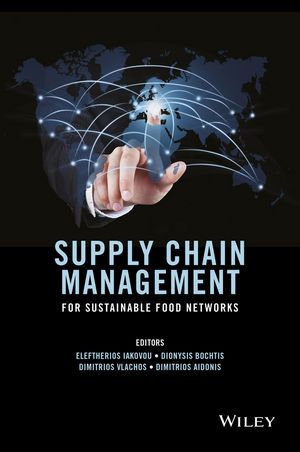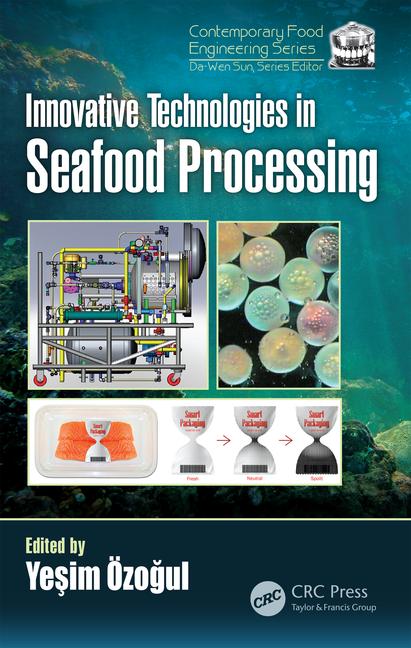Earth Month
Eco-Friendly Projects Aim to Lower Cold Chain’s Carbon Footprint
In honor of Earth Month, a look at some of the latest initiatives from refrigerated and frozen food producers and logistics companies.

Energy is typically the second-highest operating cost behind labor in the cold chain industry, according to the Global Cold Chain Alliance (GCCA). Courtesy Galeanu Mihai / iStock / Getty Images Plus
Sustainability is celebrated in the spring but for cold chain operators, it is a year-round commitment.
Energy is typically the second-highest operating cost behind labor in the cold chain industry, according to the Global Cold Chain Alliance (GCCA). Globally, the cold chain is responsible for about 4% of all greenhouse gas emissions and 17% of the food produced is wasted, according to the United Nations Food and Agriculture Organization.
Earth Month, celebrated annually in April, raises awareness about environmental issues and encourages actions to protect the planet, with a central focus on Earth Day on April 22. Established in the U.S. in 1970, Earth Day has grown into a global movement, celebrated in over 190 countries. In honor of Earth Month and Earth Day, here is a look at some of the latest initiatives being implemented by refrigerated and frozen food producers and logistics companies.
California-based Straus Family Creamery kicked off the first project of its kind to be funded by the state’s energy commission, installing and demonstrate Flow Environmental Systems’ ANSWR CO2 Heat Pump system at multiple cold storage sites. Expected to span a two-and-a-half year period, the new technology—100% electric heat pump refrigeration— reduces greenhouse gas emissions (GHGs), improves energy efficiency and demand flexibility to save energy costs and applys advanced defrost controls.
This integrated solution provides low temperature and medium temperature refrigeration by reclaiming heat from the refrigeration cycle to defrost for little to no energy. While advanced heat pumps have been used in residential settings, this is a first use case at the industrial commercial scale.
The innovative heat pump addresses carbon and peak load challenges faced by California’s industrial refrigeration sector. It carves a path to significantly improving efficiencies and flexibility in facilities where this has historically not been possible. Design resources from the project will be shared with building owners, engineers, general and mechanical contractors, architects, and other industry professionals.
Learn more about the Straus project.
Pilgrim's Pride will install a renewable natural gas (RNG) plant at its poultry processing facility in Sumter, South Carolina.
GreenGas USA is building upon existing methane capture capabilities and investment to convert biogas from wastewater streams, upgrading the biogas to pipeline quality natural gas. The collaboration is expected to reduce greenhouse gas emissions at the Sumter facility while improving wastewater operations, as well as local air and water quality.
GreenGasUSA has operational RNG facilities at agricultural and food processing sources across the country.
Check out more on the RNG project.
Designing and installing a cold-storage refrigeration system that needs to operate efficiently and perform consistently in Nogales, Arizona, one of the hottest ambient climates in the United States, is challenging enough. Doing this in a regulatory landscape limiting the use of legacy refrigerants also has the potential to steepen the challenges. However, in the case of a recent project lead by Bustamante Refrigeration and American Refrigeration Supplies, Inc. (ARS), regulations-driven technology transitions were embraced for the opportunities they presented to pioneer the use of a new-generation refrigerant and system.
The project represents the area’s first successful installation of a cold storage refrigeration system using Chemours Opteon XL20 (R-454C)—supporting objectives including high performance operation, energy savings, a smaller environmental footprint and more. From the start, it was recognized that the success of a project of this scope depended on the collaboration of leading companies in HVACR who demonstrate a commitment to providing the industry with innovative technology that supports more sustainable solutions. Bustamante Refrigeration worked with ARS, Chemours, Heat Transfer Products Group (HTPG) and Copeland.
The project was influenced by the U.S. EPA’s American Innovation and Manufacturing (AIM) Act, which is phasing down hydrofluorocarbons (HFCs). The AIM Act’s Technology Transitions Program will soon start requiring the use of lower GWP refrigerants in certain new equipment. Collaborators on the project recognized that these restrictions were working to transition the industry away from many of the refrigerants—such as R-404A, R-449A and R-448A—currently used in condensing units.
Consequently, the team looked at solutions supporting use of a new generation of mildly flammable A2L refrigerants, ultimately deciding on Opteon XL20 (R-454C) for the project. Opteon XL20 is a lower flammability, low GWP, hydrofluoroolefin-based (HFO) refrigerant that, along with several other HFOs, has deemed as acceptable, subject to use conditions, for various commercial refrigeration applications under the EPA’s Significant New Alternatives Policy (SNAP) Rule 26.
For low-temperature and medium-temperature refrigeration applications, Opteon XL20 provides an ideal alternative to legacy HFC refrigerants such as R-404A, R-507, R-448A, R-449A, and R-407 series fluids. Offering a GWP of 148 (AR4), Opteon XL20 meets many of the application-specific regulations requiring new system designs to utilize refrigerants with < 150 GWP. Get more info in this Case Study.
Advancements in refrigerant sensors and controls can help the industry adapt to the use of low-GWP A2L and natural refrigerants. Learn more in this Expert Column on transitioning to low-GWP refrigerants.
Telegraph, a rail technology solutions provider, and Lineage, the world’s largest global temperature-controlled warehouse REIT, announced a commercial agreement to provide Lineage rail customers with enhanced railcar telematics. This partnership seeks to enhance sustainability and reduce food waste by leveraging cutting-edge freight rail technology and industry-leading logistics solutions.
Lineage operates the largest private fleet of refrigerated and temperature stable railcars in North America, as tracked by Umler.
Due to the thermal performance of its fleet and onboard monitoring technology, rail can be a safe, efficient conveyance method for food products. Now, by working with Telegraph, Lineage will operationalize the use of railcar telematics at scale. Enhanced technology for rail freight creates an exciting opportunity to accommodate both a wide variety of products and the supply chain visibility and optimization expected by modern companies. Find out more.
For the latest in sustainable solutions being adopted by cold and frozen food and logistics companies, sign up for our weekly eNewsletter, eMag and more.
Looking for a reprint of this article?
From high-res PDFs to custom plaques, order your copy today!










